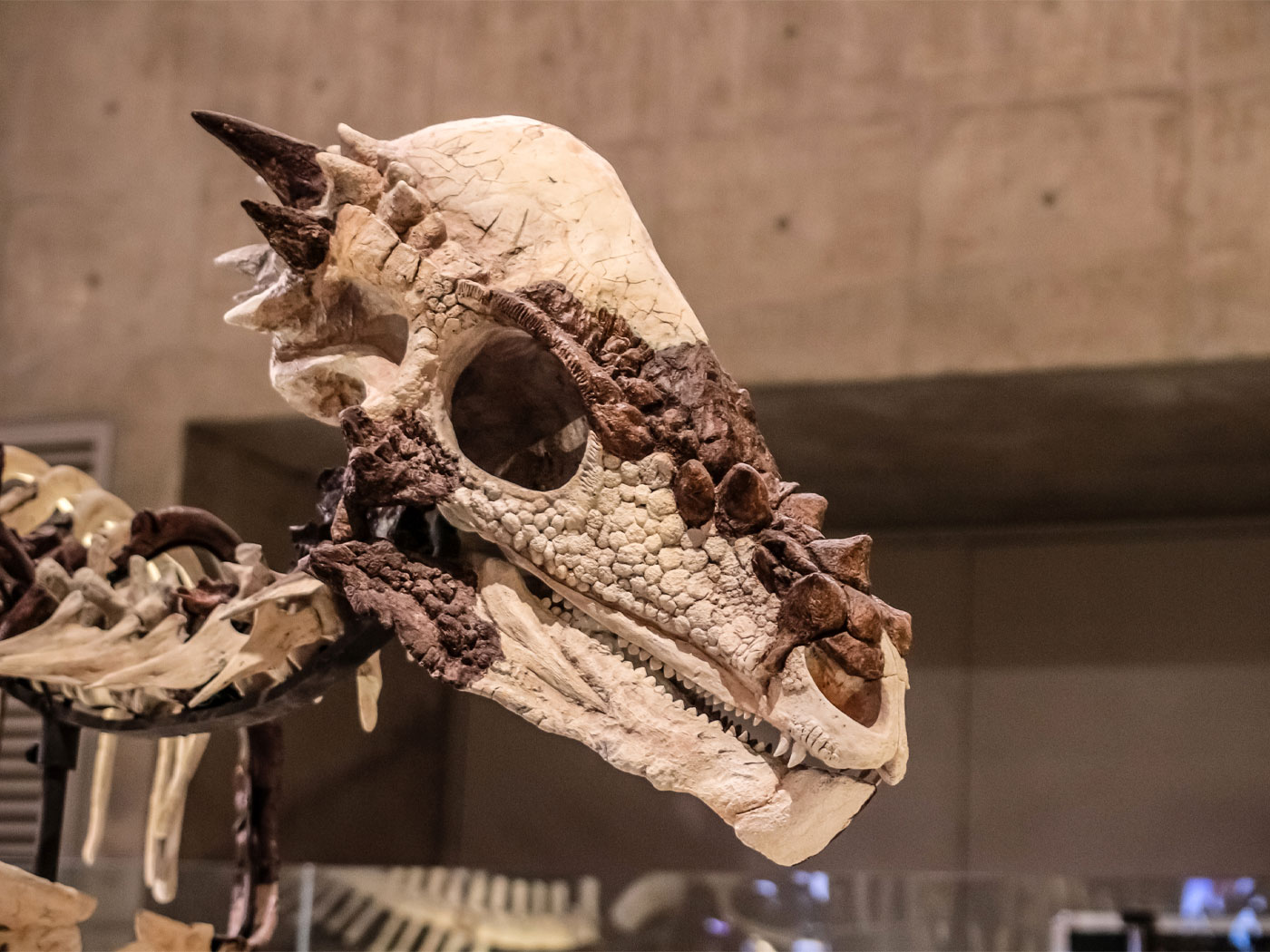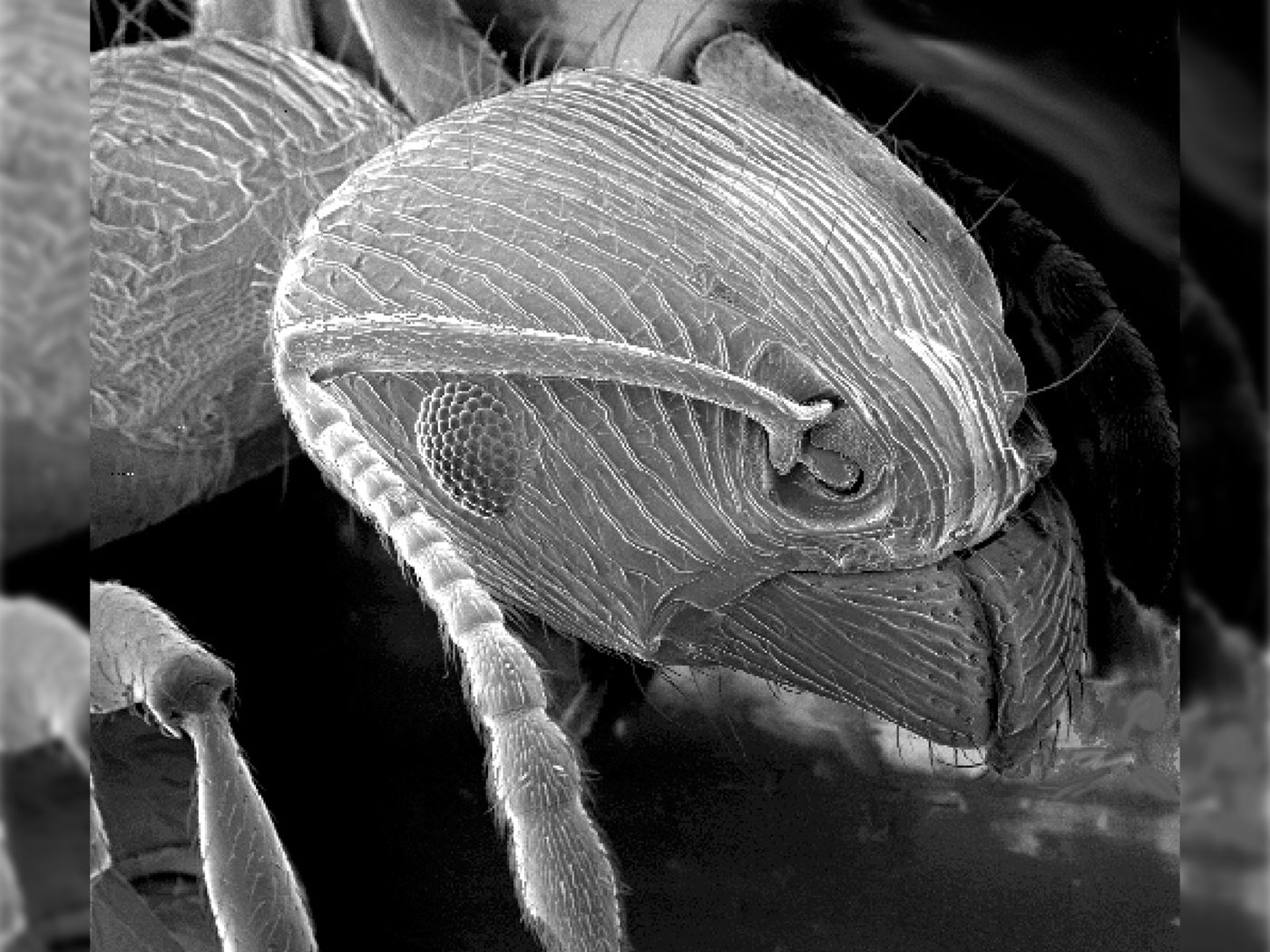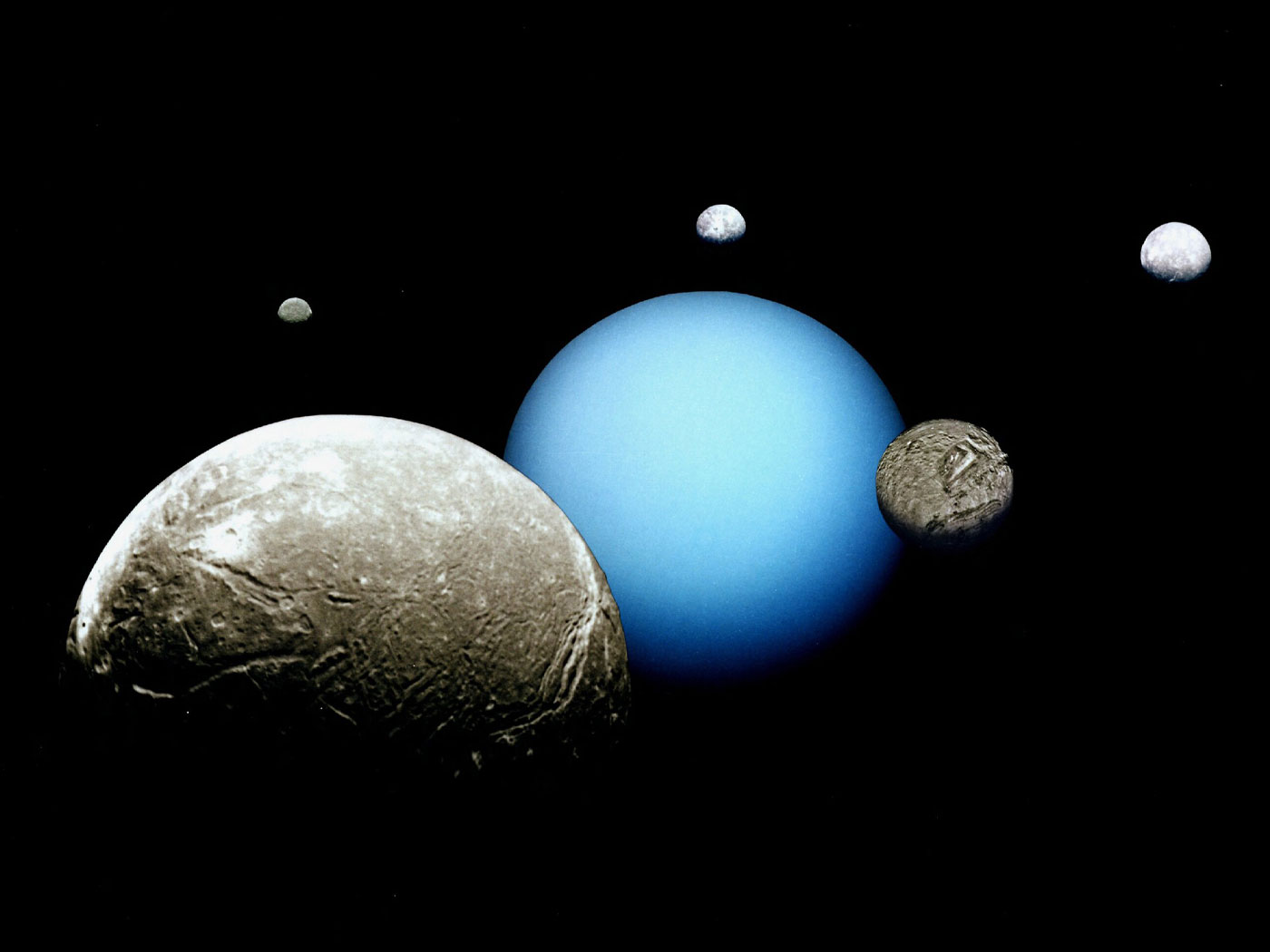The lure of gold has caused many to drop everything and rush off in search of the "mother lode." But where exactly do these precious gold deposits come from? An explanation for the origin of gold deposits has long eluded and perplexed prospectors and even geoscientists. But one new study may have unlocked just the right clues.
Two Australian scientists, whose work was published in Nature Geoscience1, found that gold deposits can form almost instantaneously during faulting events and their associated earthquakes. According to the authors' calculations, repeated faulting can produce commercial-sized (i.e., ore that's worth mining) gold deposits.
Scientists had already determined that gold, copper, and many precious metals are often associated with superheated ground-water deposits. As an example, ground-water beneath Yellowstone National Park, at temperatures of 200-400 degrees Celsius, dissolves quartz from underlying lavas and deposits the quartz near the surface as the flowing water cools. In similar fashion, commercial-sized gold deposits have long been thought to accumulate in ground-water. Passing through volcanic and sedimentary rocks at depth, water dissolves small concentrations of gold and other minerals like quartz. This Nature Geoscience study finally helps explain the origins of gold's nearness to these minerals.
The two scientists found that faulting events are key to gold deposit formation, where rocks split apart and quickly slip past one another, causing earthquakes. Faults through solid rock are never straight. Instead, they follow zigzag patterns that look like chain lightening and create small voids—openings in the rocks called "jogs." Fast-forming jogs create instantaneous drops in pressure during movement, causing superheated deep waters to almost instantly "flash vaporize," leaving behind thin coatings of gold and quartz.
Between movement events, ground water seeps back in and fills the open jogs in the fault zone. Subsequent fault slip events can then precipitate a second layer of gold on the first—then another and another—producing a "slip-recovery cycle."
A few faulting events won't produce commercial quantities of gold, but repeated slip-recovery cycles can explain more than 80 percent of the world's gold deposits. Numerous episodes of flash vaporization can produce deposits as large as 100 metric tons in a relatively short time.1, 4
Creation scientists have proposed a scenario wherein the fault slip-recovery method of gold deposition occurred rapidly and often in the recent past. This produced commercial-sized deposits in decades or hundreds of years.2 Rapid plate motion and tremendous tectonic activity during and after the Flood of Noah would have caused almost innumerable slip-recovery events to have deposited masses of gold along small fault jogs and larger superfaults.3 This recent Nature Geoscience study helps show how commercial gold—and even the elusive mother lode—can be deposited so fast that it easily fits within a biblical timeframe.
References
- Weatherley, D. K. and R. W. Henley. 2013. Flash vaporization during earthquakes evidenced by gold deposits. Nature Geoscience. 6 (1759): 294-298.
- Austin, S. A., J. R. Baumgardner, D. R. Humphreys, A. A. Snelling, L. Vardiman, and K. P. Wise. 1994. Catastrophic Plate Tectonics: a Global Flood Model of Earth History. Proceedings of the Third International Conference on Creationism, Technical Symposium Sessions. R. E. Walsh (ed.) Pittsburgh, PA: Creation Science Fellowship, 609-621.
- Spray, J. G. 1997. Superfaults. Geology. 25 (7): 579-582.
- At current rates, 100 Metric tons of gold is worth in excess of $5 billion USD.
* Dr. Clarey is Research Associate at the Institute for Creation Research.
Article posted April 17, 2013.


















